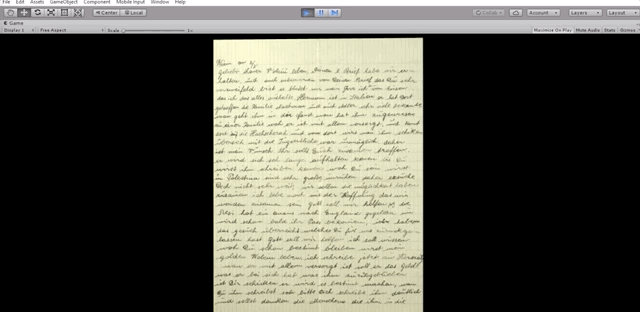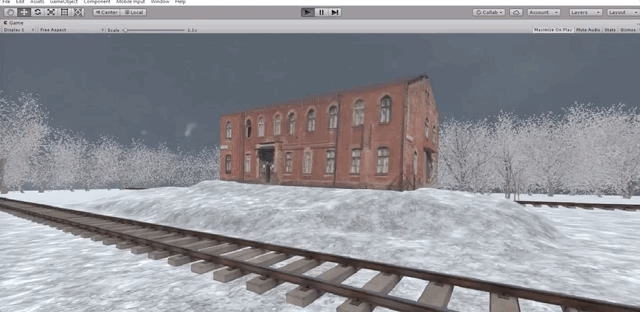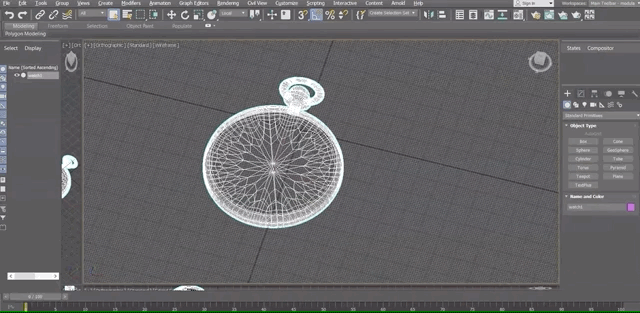




Unity software. H. Uzunkaya, Designer (2019).
Introduction to Locker of Memory timeline
The Locker of Memory project is dedicated to memorializing Latvia’s first Nazi concentration camp established under German occupation, and located three miles outside of Latvia’s capital city. The site has been neglected and abandoned for close to eighty years. In contrast to many unacknowledged killing sites across Europe, the Jungfernhof concentration camp was widely known by a variety of players, but most importantly, by Latvian, German and Austrian officials, responsible for safeguarding the camp’s history.
In 2013, the camp site was converted into a recreation park by local Latvian authorities holding jurisdiction over the land. No signage was installed to recognize the location of the Jungfernhof concentration camp within the park, or to note that a missing mass grave still existed on the grounds of the camp site.
Welcoming sign at Jungfernhof. Photo: Karen Frostig (2019)
While a large welcoming sign includes one sentence obliquely referencing the camp, the short description failed to portray the camp’s history as a site of murder and brutality for those imprisoned there.
Despite extensive evidence of the camp’s existence found online and in at least three publications, the site never achieved public recognition or inclusion in Latvia’s listing of memorial sites.
Nazi deportations lists provided a complete record of the five transports destined for Jungfernhof are readily available in multiple archives: the Arolsen Archives, the United States Holocaust Memorial Museum, and Yad Vashem Archives;
Numerous video interviews with survivors are included in the USC Shoah Foundation archives, in Yad Vashem’s archives and are posted on Youtube;
Court transcripts of Rudolf Joachim Seck’s trial, as chief commandant of the camp to receive a life sentence, can be found in the archives;
Publication of the Book of Remembrance (Munich, 2003) identifies the names of all German, Austrian and Czechoslovakian Jews deported to the Baltic States;
Many self-published memoirs from survivors can be found on Amazon.com; and
A short reference to the camp is located within Latvian born Andrew Ezergailis’s book, The Holocaust in Latvia, 1941-1944: The Missing Center. (1996).
Publication about the Jungfernhof concentration camp and proposal for a memorial project at the site, see Frostig, K. (2013). “Citizenship After Genocide: Materializing memory through art activism” in S. Roseneil (Ed.), Beyond Citizenship: Feminism and the Transformation of Belonging, UK: Palgrave Macmillan Ltd. 211-230.
